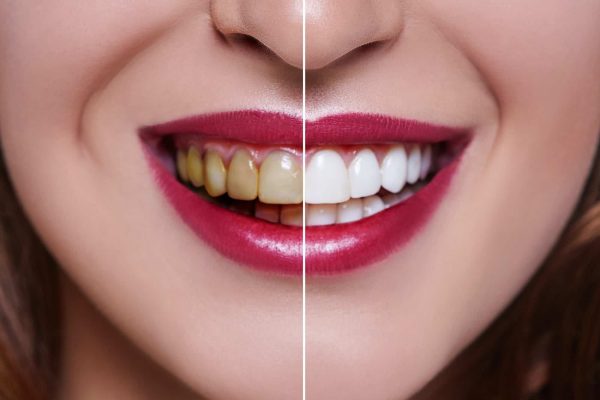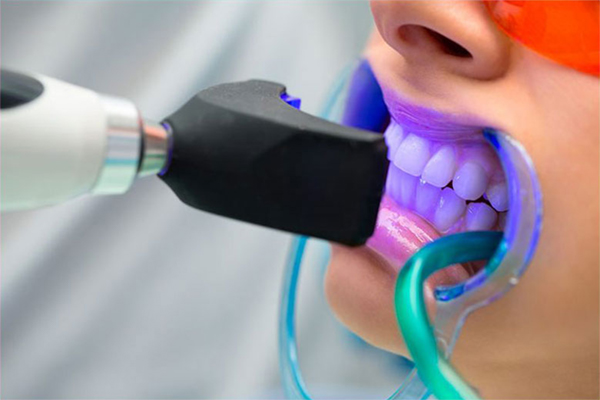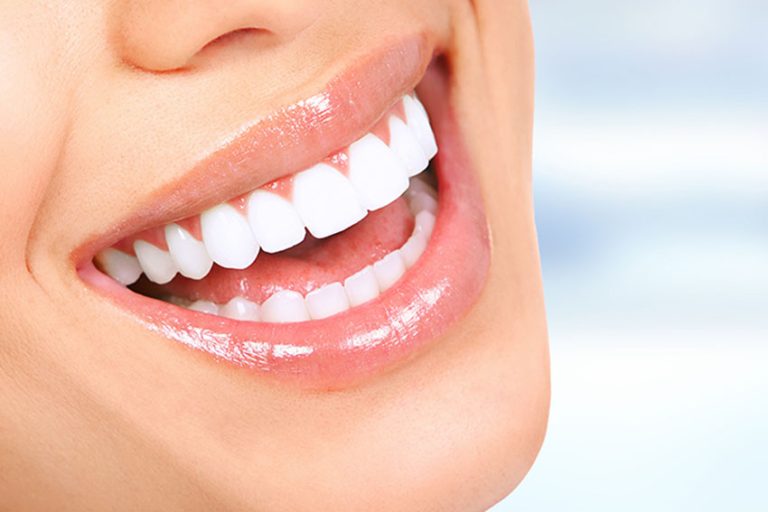Tooth Bleaching

Bleaching is a process of removing discoloration, staining, and darkening occurred on the surface of the teeth over time. It is a frequently used method among aesthetic dentistry methods. Especially with the advantages of today’s technology, the bleaching process can light up the coloring caused by the daily eating habits of the person up to 2 tones. It is a very effective application for patients who have complaints about tooth coloration caused by consumption of colored foods such as tea, coffee as well as smoking.
There are three types of teeth bleaching in practice: office bleaching, home bleaching, and internal bleaching.
Home Bleaching
First the size is measured, then, a transparent mold is prepared that fits the mouth and covers all teeth. The patient puts gel given by the dentist into this mold and applies it to the teeth at certain hours every day. Bleaching gels can irritate the gums. For this reason, it should not contact with the gums. In home-type applications, if the gel comes into contact with the gum after placing the mold in the mouth, the overflowing gel should be removed with a wet cotton ball. It usually takes a few weeks. In home bleaching, the dentist may prefer to follow up the patient to evaluate the result and check the sensitivity.
Internal Bleaching
Internal bleaching is applied to teeth that changed color due to previous root canal treatment. The filling is removed from the opened cavity, canal treatment is renewed if necessary, and bleaching gel is applied to the cavity. This process can take a few sessions. At the end of the treatment, the tooth, of which color changed due to root canal treatment, is brought to a color compatible with adjacent teeth.
Office Bleaching
Office Bleaching is applied by the dentist in the clinic and usually in a single session and a procedure lasting 40-50 minutes. The color of the tooth whitens up to 2-3 tones. Before the procedure, the dentist aims to complete the whiteness to be obtained with a clean and healthy appearance by cleaning tartar when deemed necessary. It is important to protect the gums in office type bleaching. For this reason, the gums are covered with a special protective layer before starting the process, and then a gel-like bleaching substance is applied to the teeth. The desired whiteness is achieved by activating the bleaching substance with light at intervals of 15 minutes.

DOES TOOTH BLEACHING HAVE ANY SIDE EFFECTS?
Professional tooth bleaching performed under the control of a dentist is a risk-free procedure. It does not cause any damage to the tooth surface, tooth root, or gums. In rare cases, tooth sensitivity and gum irritation may occur, but this condition returns to normal within 24 hours at the latest. In case of sensitivity, the fluoride applied by your dentist and the toothpaste or creams recommended to you will reduce this tooth sensitivity.
PERMANENCE OF TOOTH BLEACHING
The permanence of the tooth bleaching process may vary depending on the person’s eating and drinking habits. In people who consume excessive tea, coffee, colored foods or who smoke in their daily life, the coloration returns much faster than people who are more careful. However, under normal conditions, if the patient pays attention to oral and dental hygiene and does not consume colored foods too much, the resulting whiteness is easily preserved for 1-1.5 years and the continuation of the whiteness is provided with the reinforcement treatment to be done every year.


